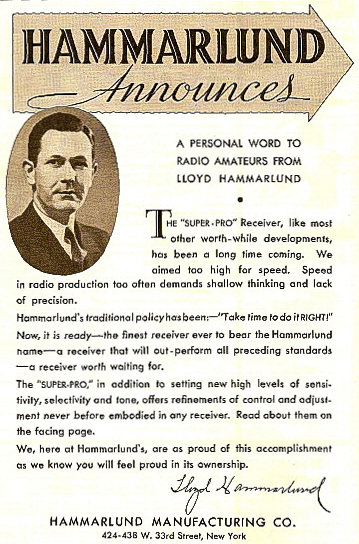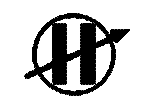





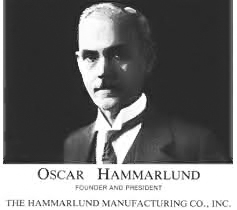 The first Hammarlund plant was a loft operation engaged in radio component manufacturing on Fulton Street in lower Manhattan, New York City. Their variable capacitor designs quickly became industry standards, and the component's schematic symbol was adopted as the company's logo. In the mid-1920s, Hammarlund formed a partnership called Hammarlund-Roberts Co. specifically to offer kits for AM Broadcast radios using Hammarlund parts.
The first Hammarlund plant was a loft operation engaged in radio component manufacturing on Fulton Street in lower Manhattan, New York City. Their variable capacitor designs quickly became industry standards, and the component's schematic symbol was adopted as the company's logo. In the mid-1920s, Hammarlund formed a partnership called Hammarlund-Roberts Co. specifically to offer kits for AM Broadcast radios using Hammarlund parts.
While Hammarlund was most famous for its amateur/short-wave receiver lines such as the Super Pro series and the HQ series (which includes the HQ-100, 110, 120, 129, 145, 150, 160, 170, 180, 200 and 215) a number of transmitters were also produced. These saw only limited use.
Hammarlund also built a substantial quantity of the VHF FM "Village Radios" for the United States Agency for International Development (AID) to use in Vietnam, as well as a number of land-mobile radios and transceivers for the Citizens band radio market.
Even as the company continued to produce communications equipment for the amateur, commercial, and Citizens Band radio markets, it underwent frequent changes of ownership. The first was in the late 1950s when Hammarlund was sold to Telechrome. Several years later Telechrome sold out to Giannini Scientific. In the late 60's the company was once again sold to the Electronic Assistance Corporation (EAC). But, this sale was final. The product line was sold off in parts or phased out. The Cardwell Condenser Corporation purchased all remaining stocks, and in the early 1970s the Hammarlund factory closed. At the time of its dissolution, Hammarlund was among the USA's very oldest producers of radio equipment. (page opens in new browser window)
Today, many Hammarlund radios are collected, restored and used by vintage amateur radio enthusiasts.
 |
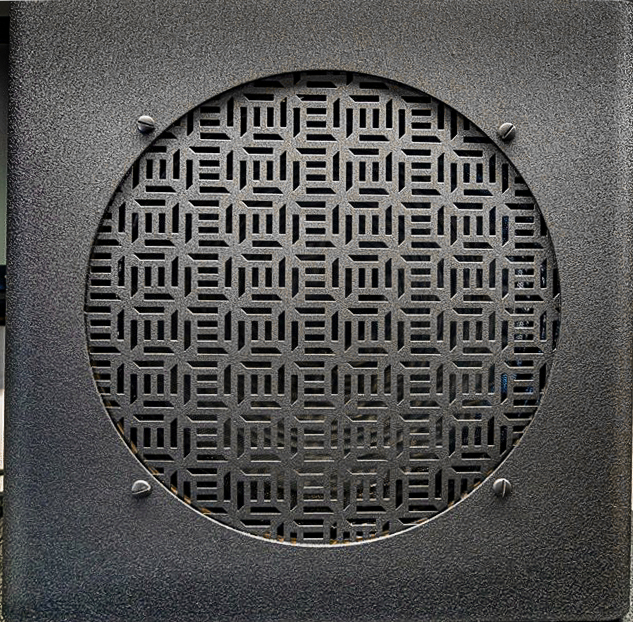 |
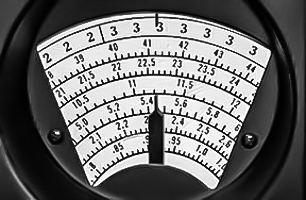 |
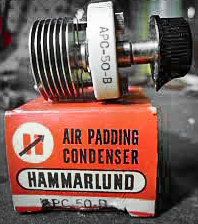 |
![]() The Super-Pro Series Receivers
The Super-Pro Series Receivers
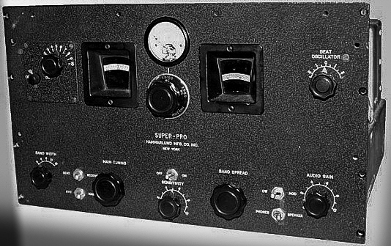 |
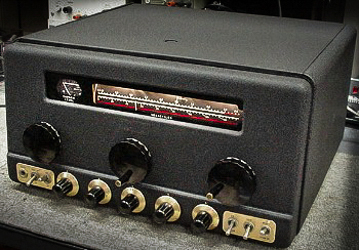 |
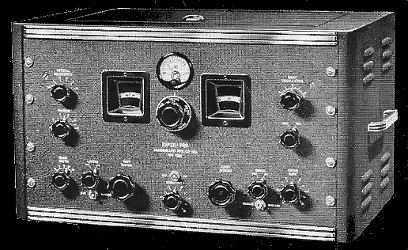 |
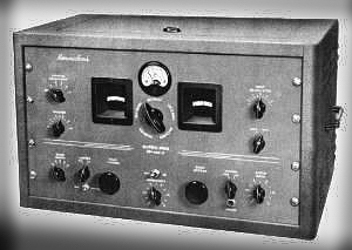 |
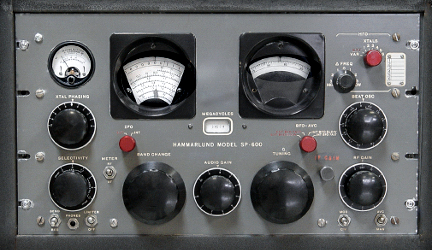 |
![]() The HQ Series Receivers
The HQ Series Receivers
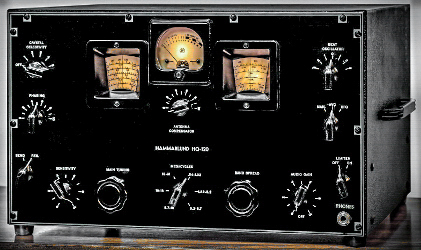 |
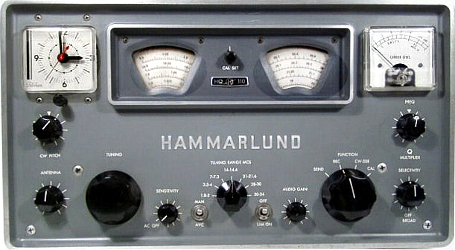 |
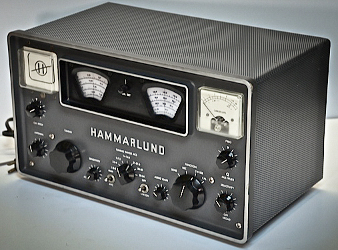 |
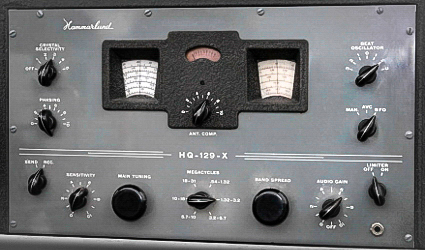 |
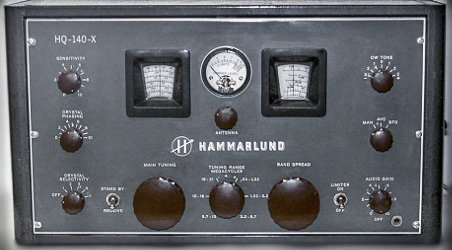 |
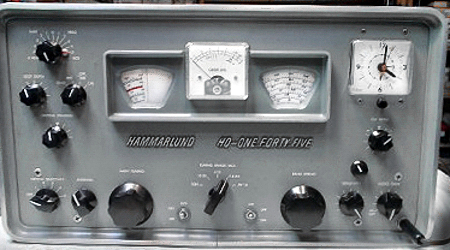 |
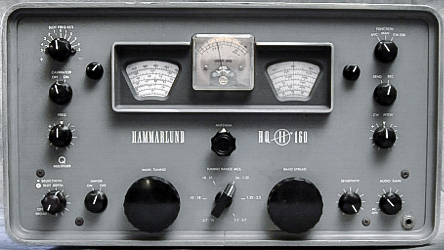 |
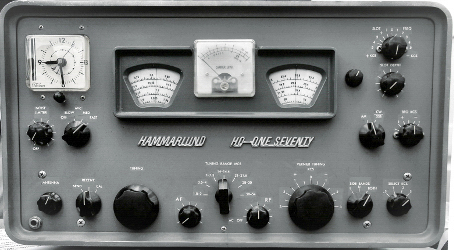 |
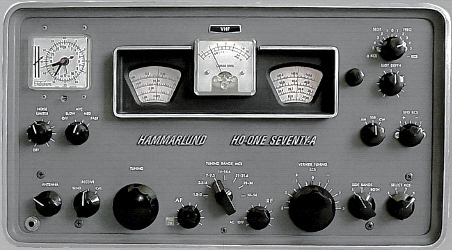 |
 |
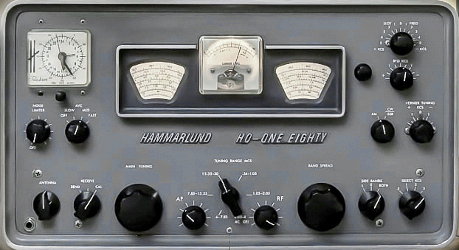  |
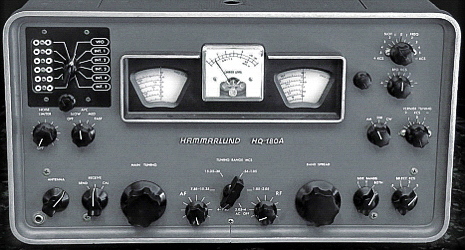 |
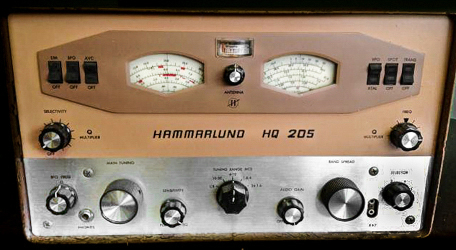 |
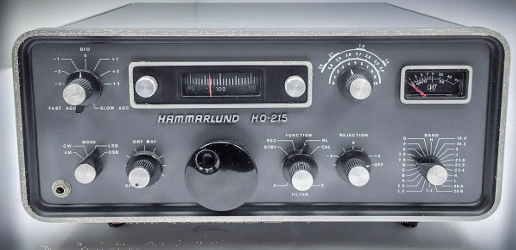
![]() Transmitting Gear
Transmitting Gear
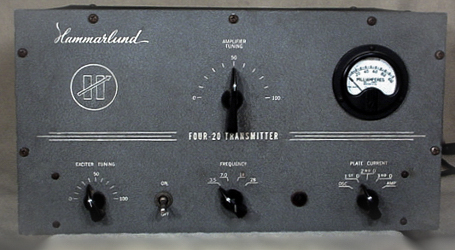 |
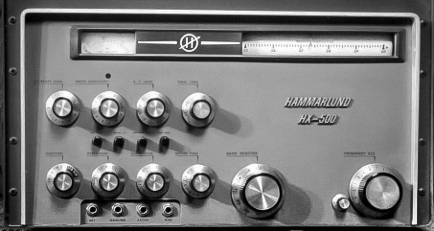 |
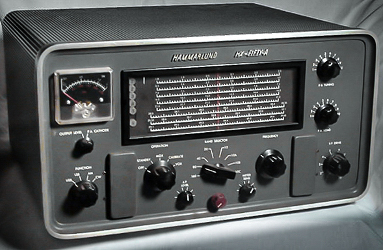 |
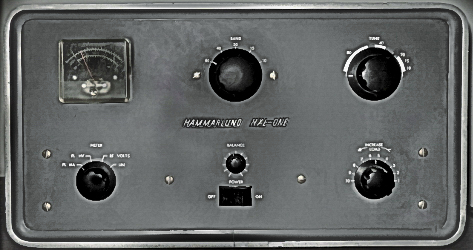 |
![]() Miscellaneous
Miscellaneous
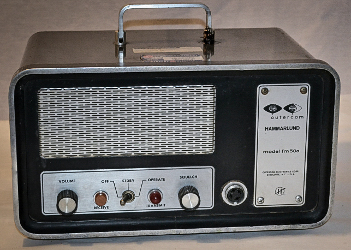 |
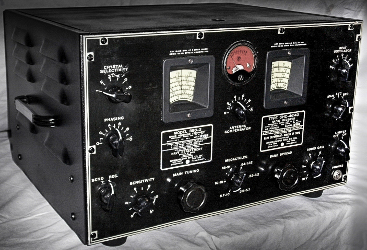 |
